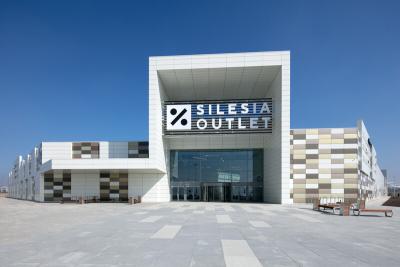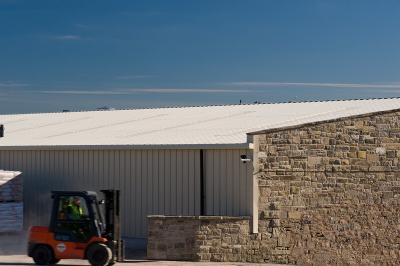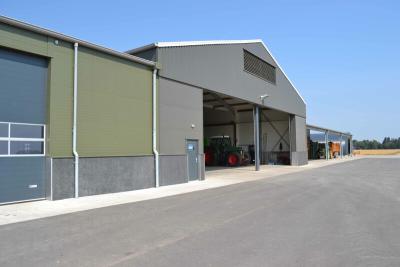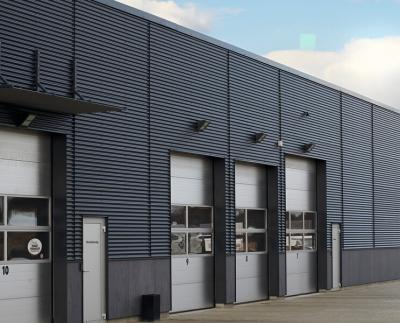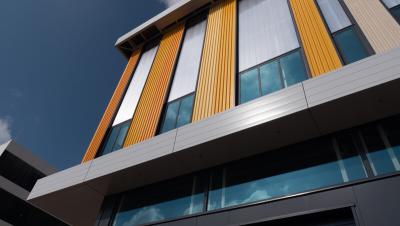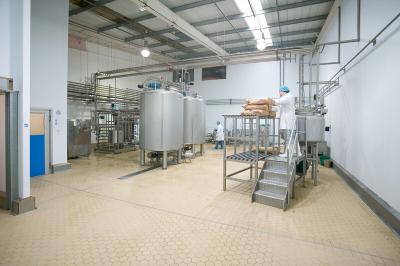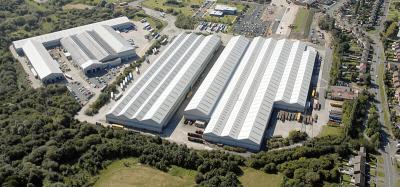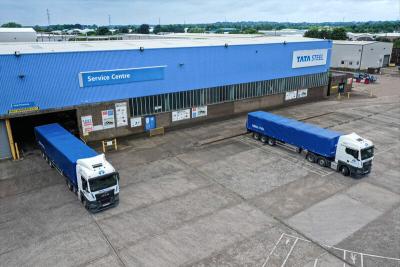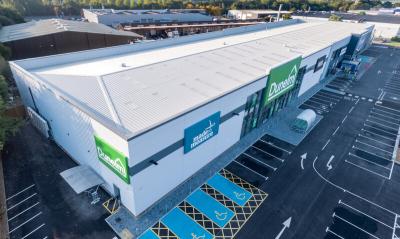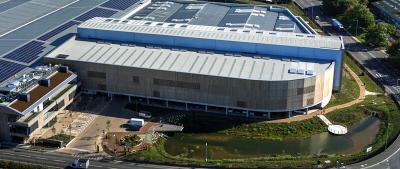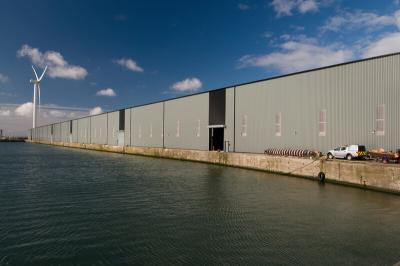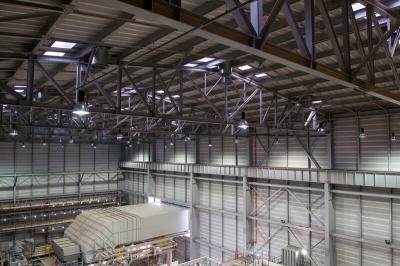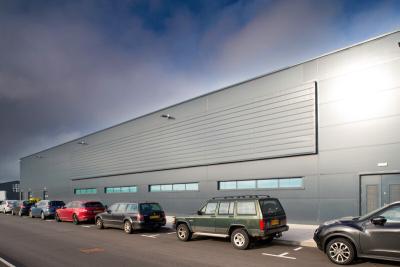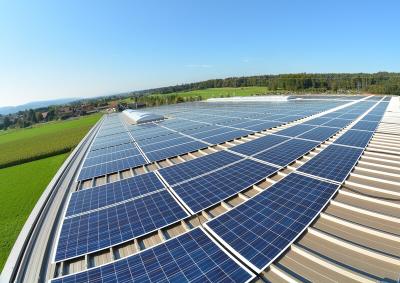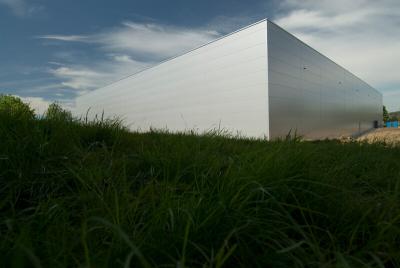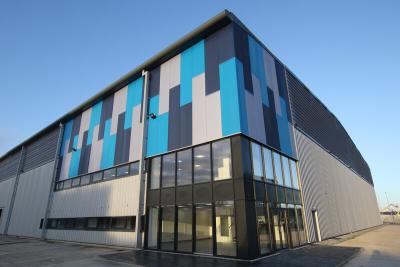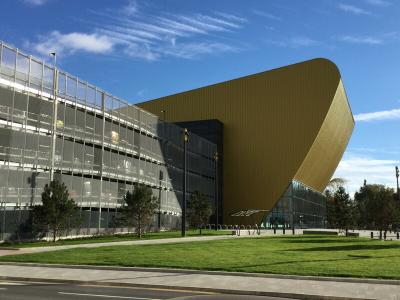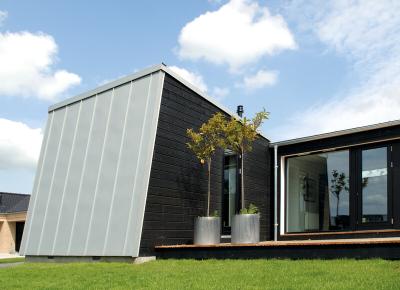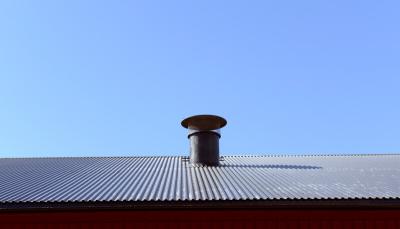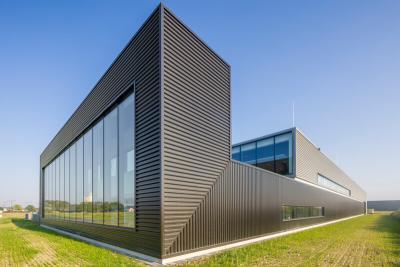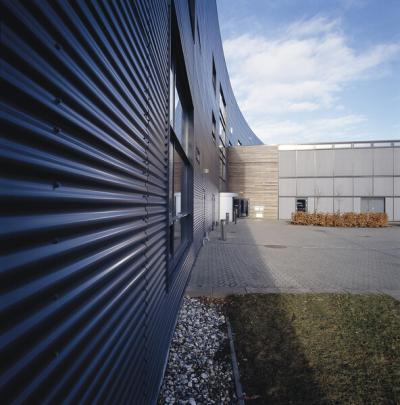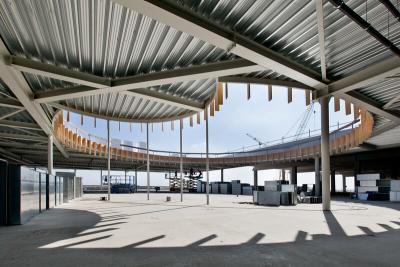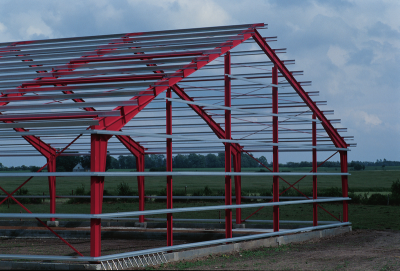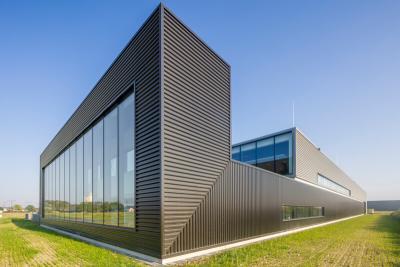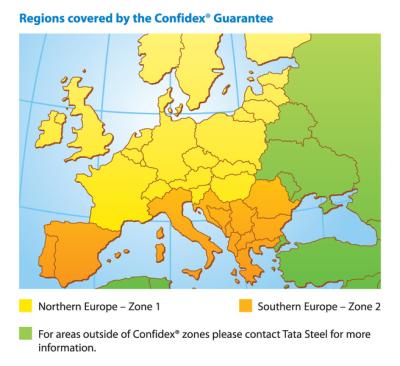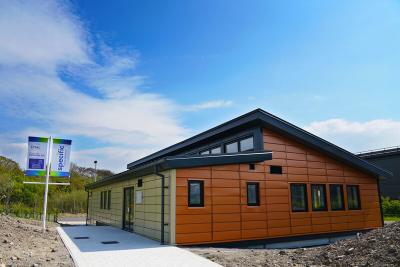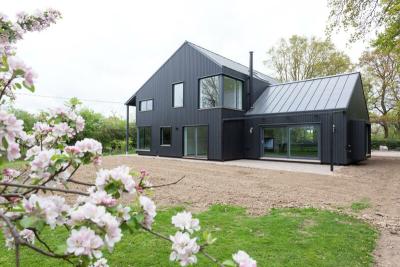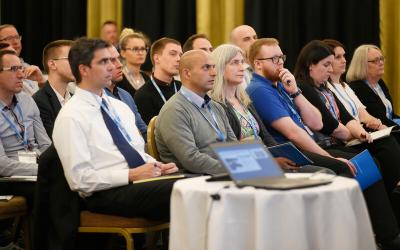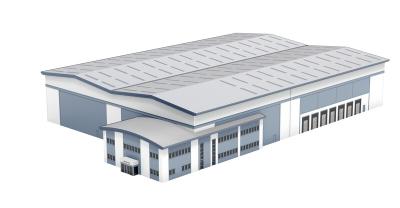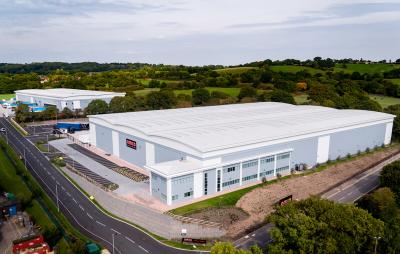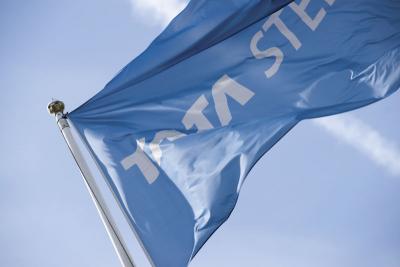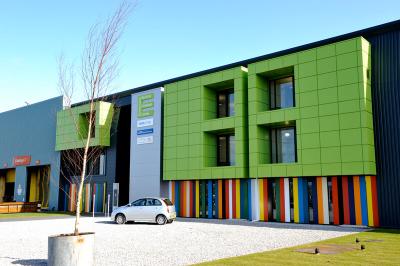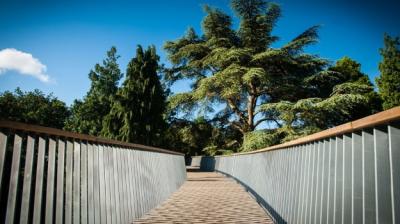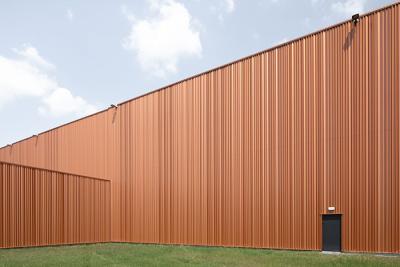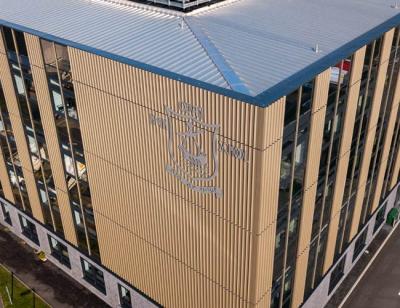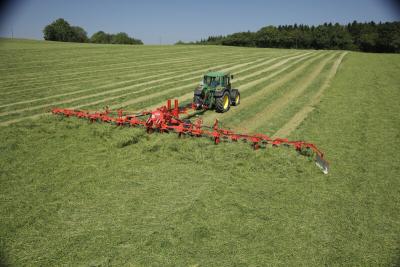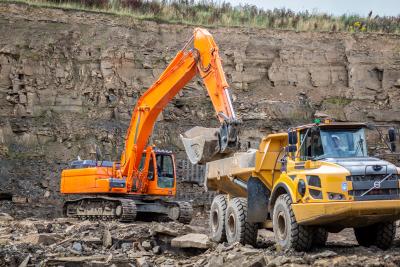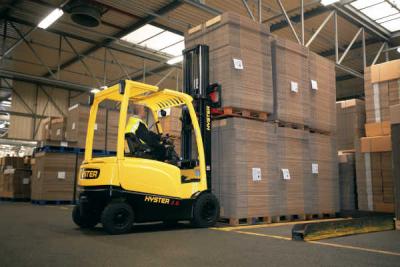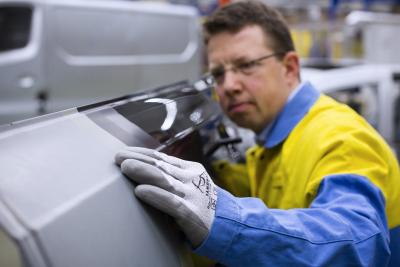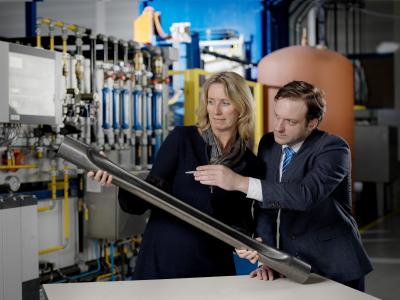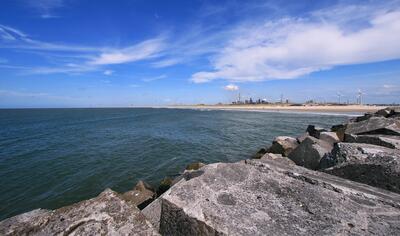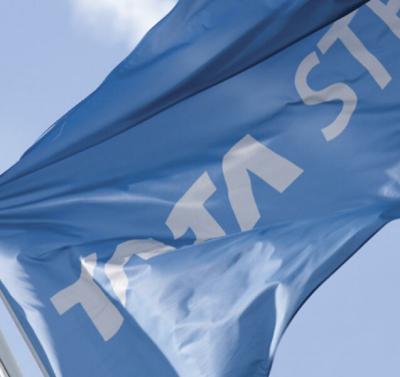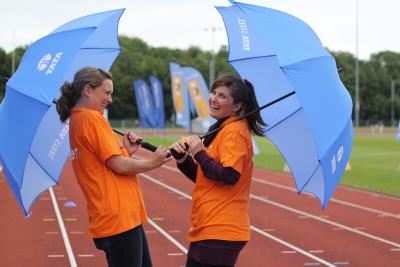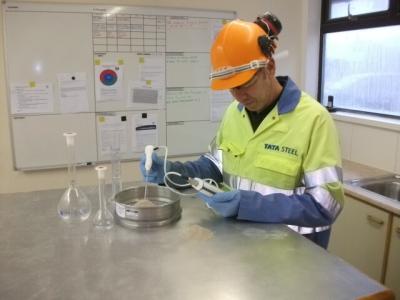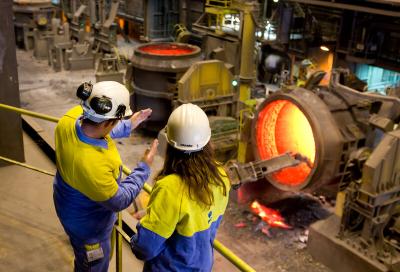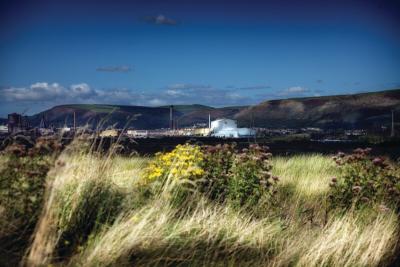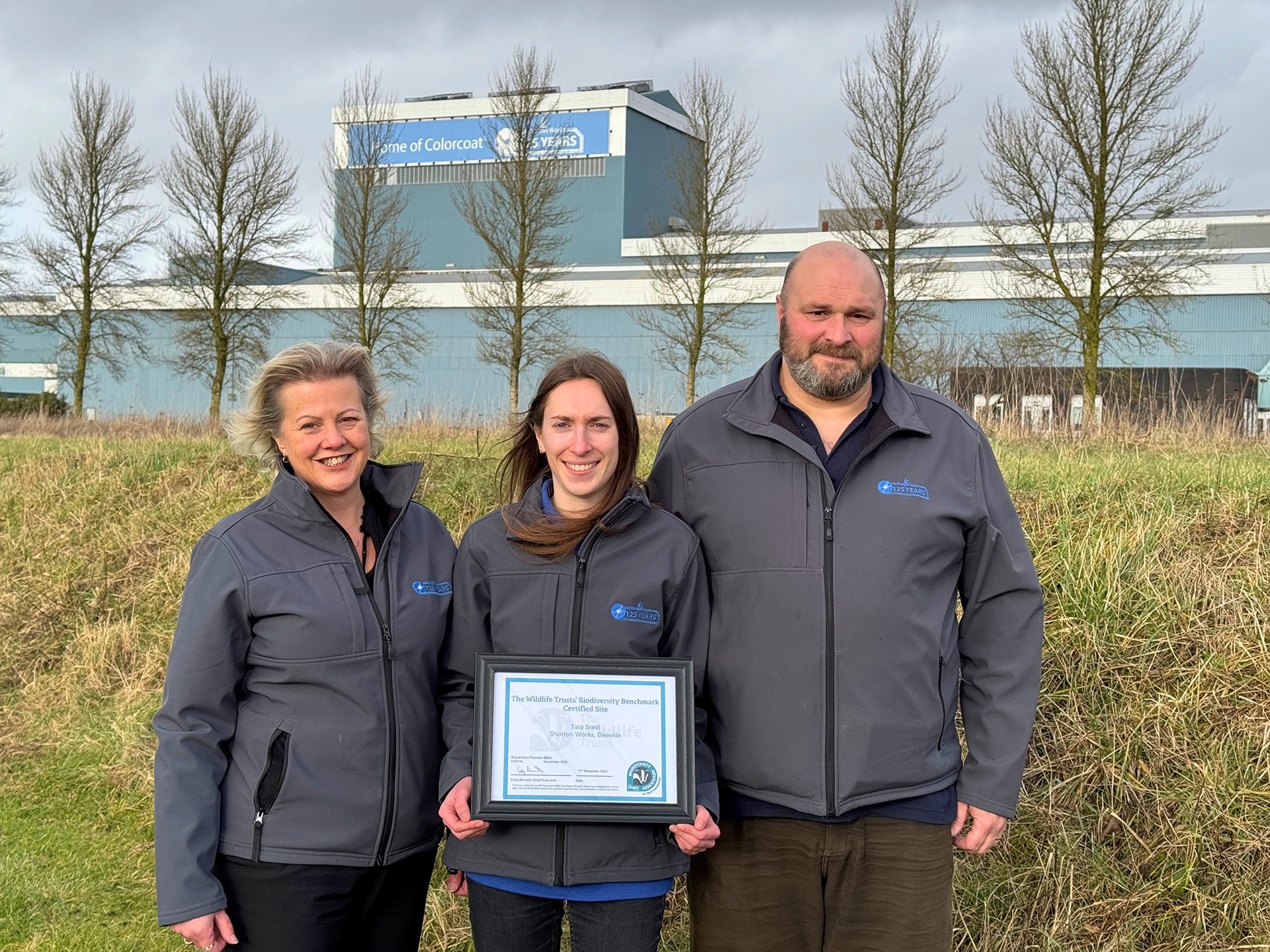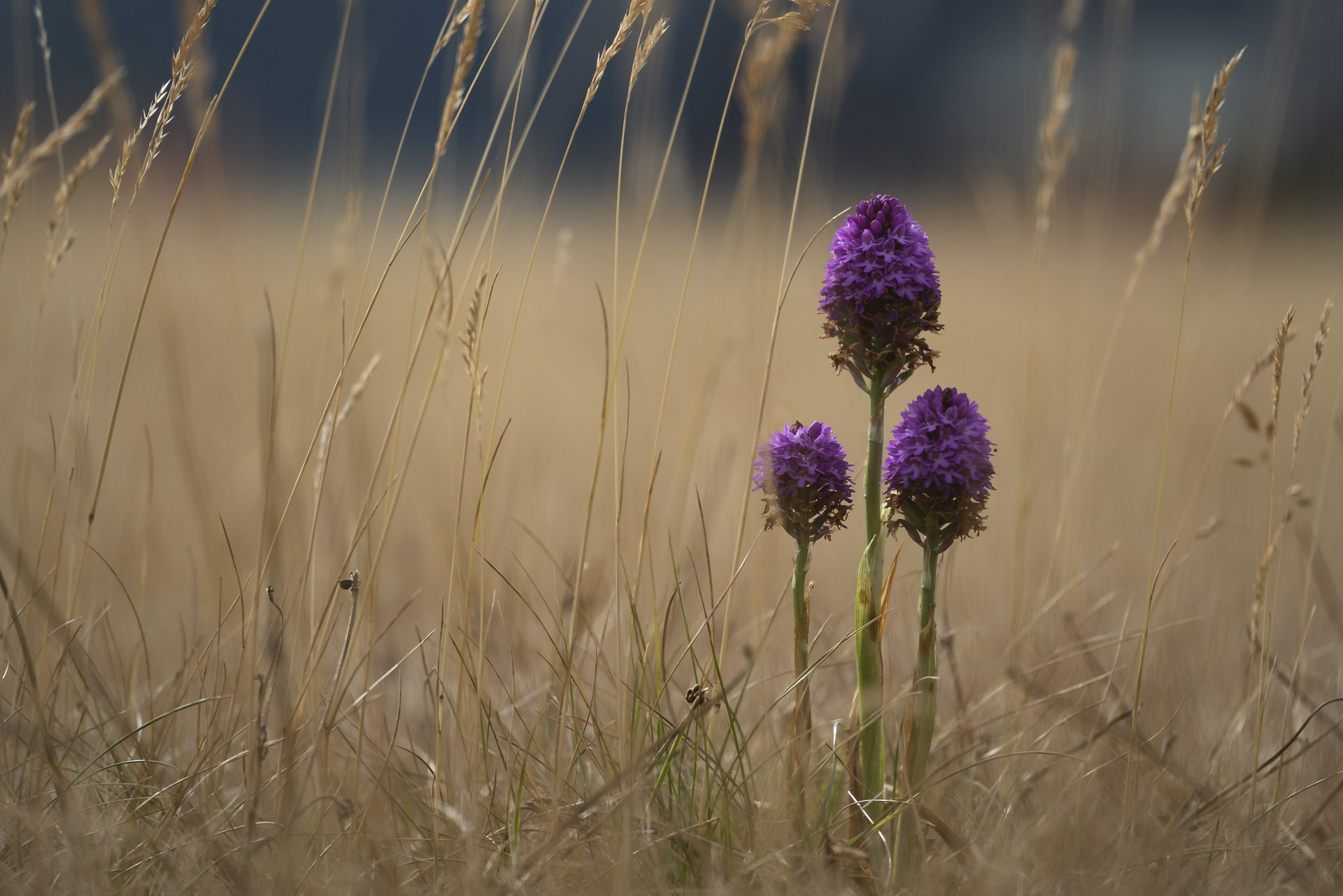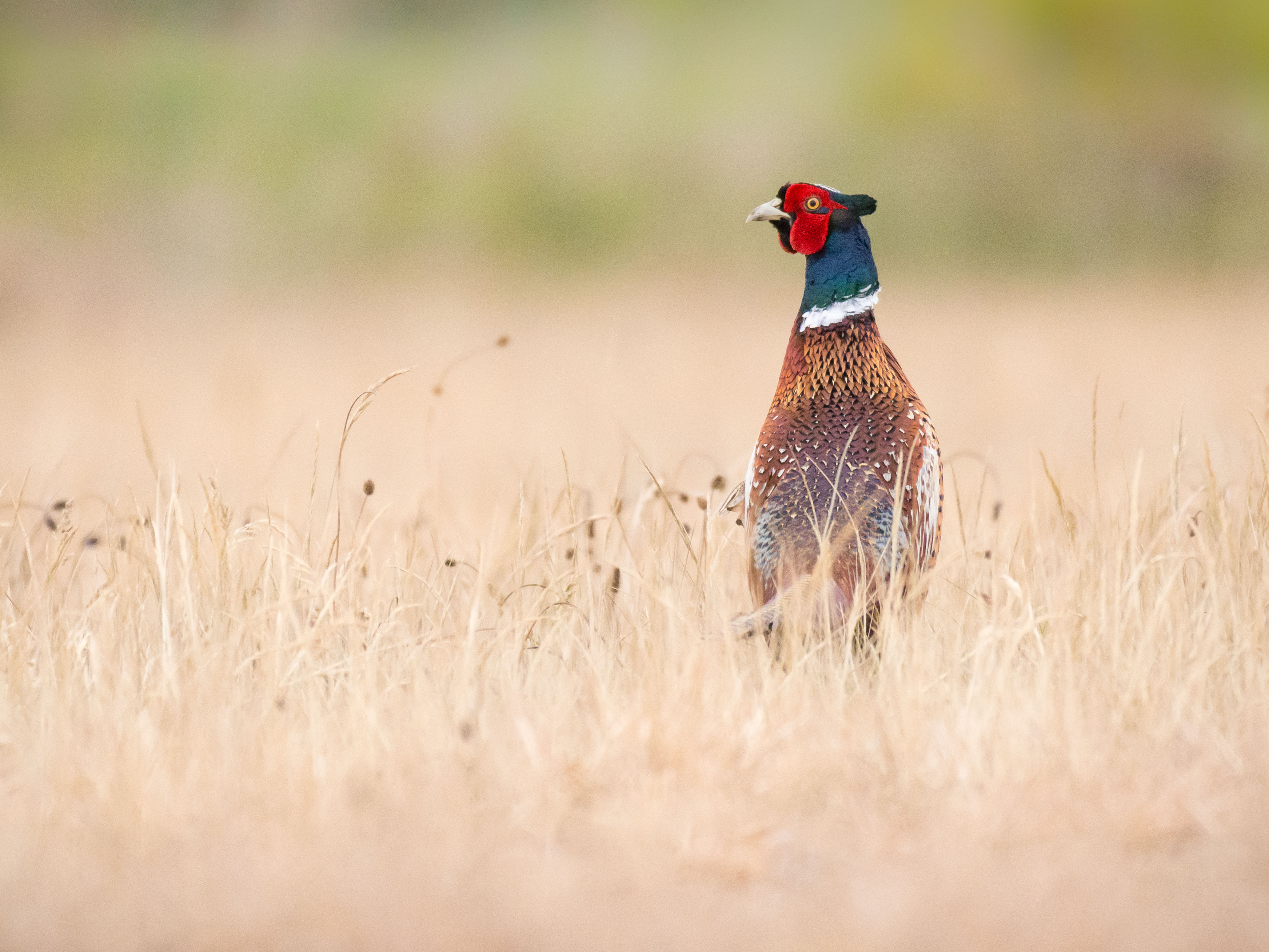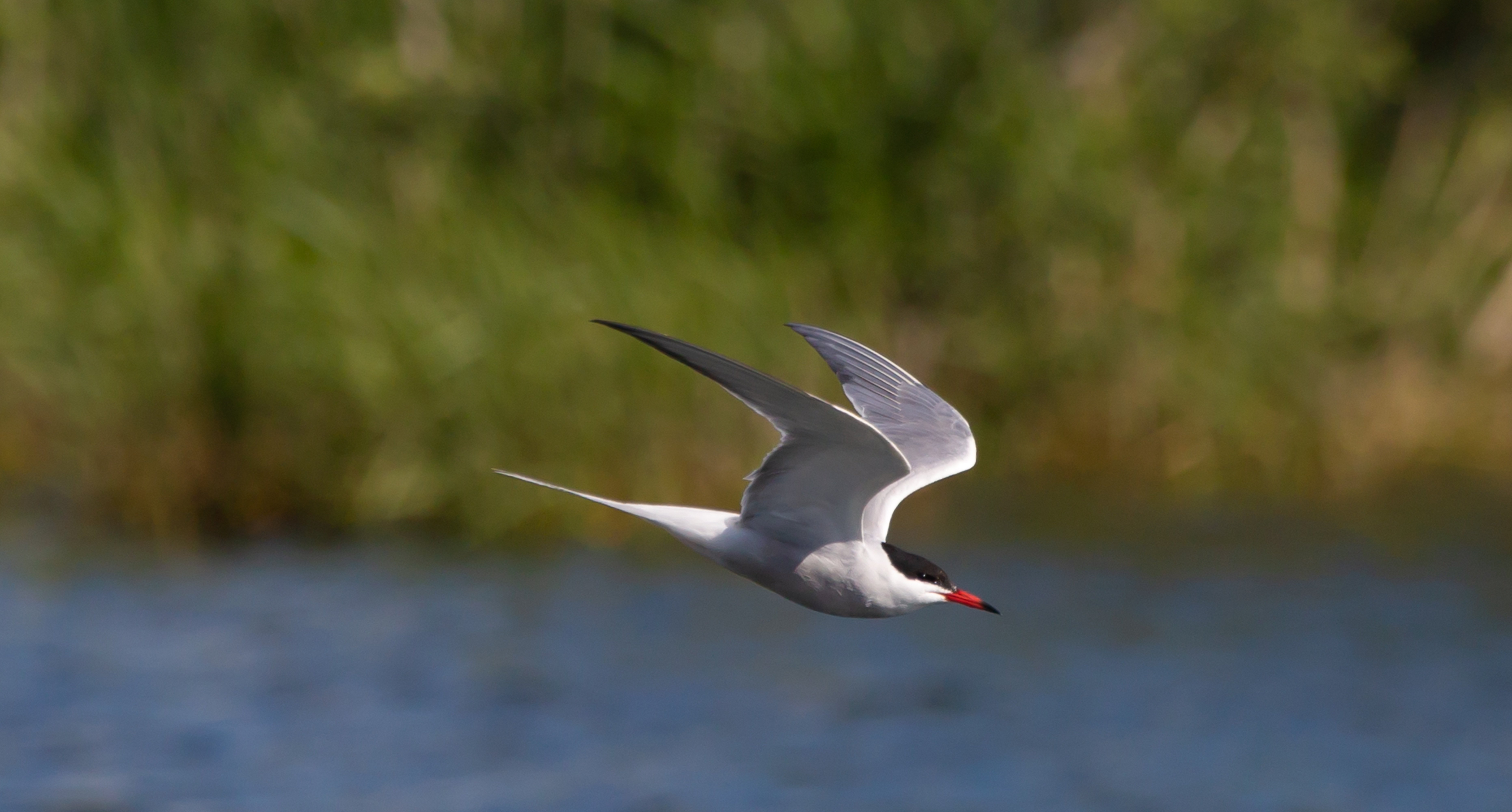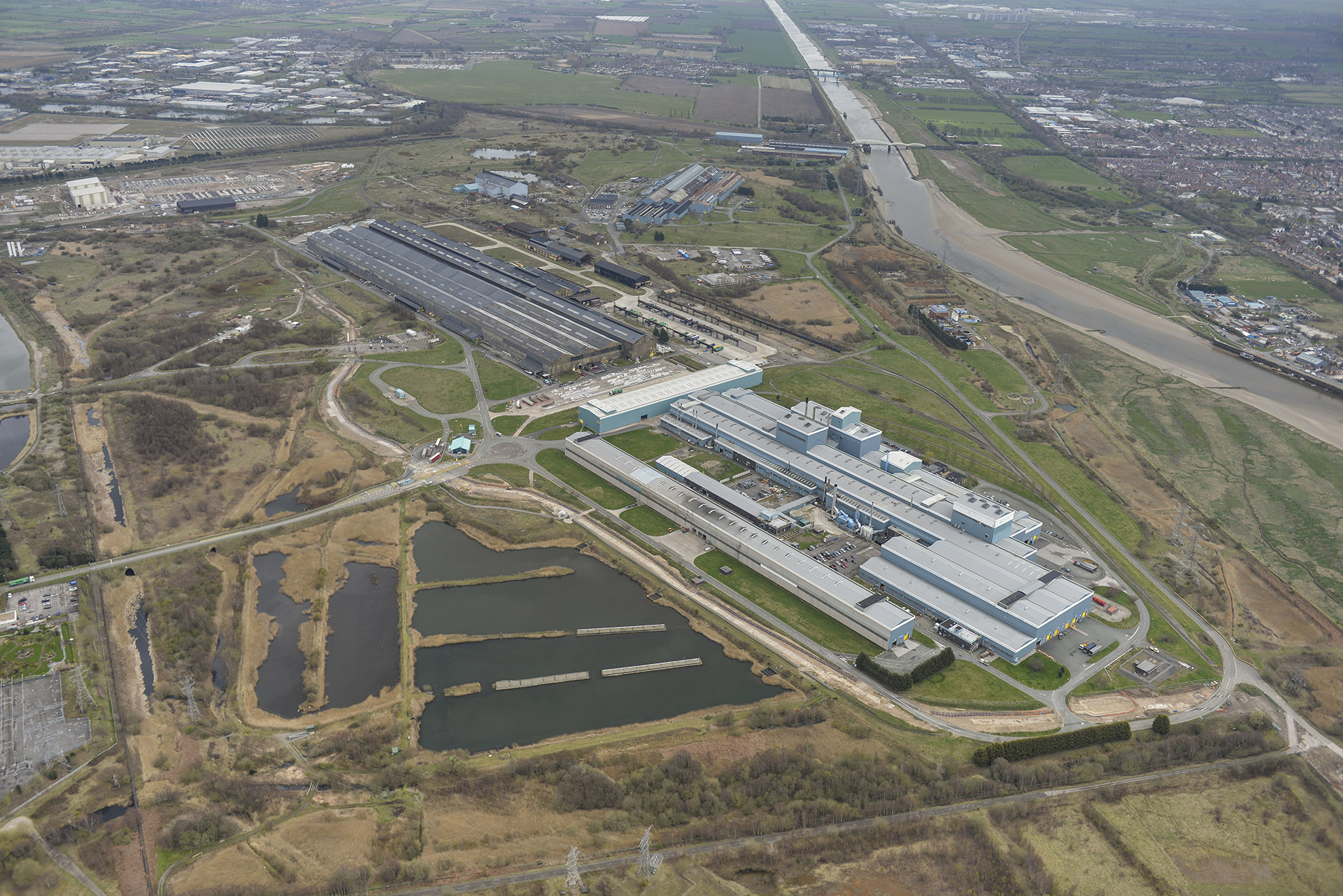After launching the Shotton Sustainability Commitment in 2022, one of our main ambitions was to achieve The Wildlife Trusts’ Biodiversity Benchmark. Now we’re delighted to say that Shotton Works in North Wales (the home of Colorcoat® pre-finished steel and Building Systems UK) is officially the only site in Wales to currently hold the nationally recognised standard for commitment to biodiversity and responsible land management.

In a world facing a climate emergency, at Shotton Works we are committed to providing a positive environmental legacy. As part of this, our sustainability commitment set out a long-term strategy, aimed at turning our climate responsibilities into positive outcomes and focussed on four key pillars of sustainable development:
• Reducing the site’s carbon footprint;
• Developing products and services that enable sustainable construction;
• Protecting and expanding the biodiversity that co-exists on our site;
• Maximising material efficiency and achieving zero onsite waste.
A key ambition for the biodiversity element was for the site to achieve The Wildlife Trusts’ Biodiversity Benchmark. The only standard that certifies the management of a business site for wildlife, the Biodiversity Benchmark recognises and celebrates landowning businesses which have achieved excellence. Designed to complement ISO 14001, it tests the design and implementation of a business’s management systems to achieve continual biodiversity enhancement and protection on their sites.
We’re incredibly proud that, not only did we receive the accreditation, but that our examples of best practice were the largest number the assessor had ever noted in their time at The Wildlife Trust. Not only that but the timescale between our initial and main audit (at just seven weeks) was the shortest period encountered.
Importance of biodiversity to the construction market
It’s clear that the biodiversity emergency is just as urgent and important as the climate emergency, with the two needing to be tackled together. Through the Environment Act, the UK Government aims to “deliver the most ambitious environmental programme of any country”, including posing legally binding targets on species abundance by 2030. From 2024, Biodiversity Net Gain (BNG) will also have to be demonstrated on developments of all sizes, from single dwellings to national infrastructure projects. Designed to ensure that natural habitats are left in a measurably better condition than they were before the development, developers will be mandated to deliver a BNG of 10%.
With biodiversity evidently a key priority that all industry stakeholders need to focus on, how did we achieve this Biodiversity Benchmark?
A true commitment
Biodiversity is more than just a term to us. We fully integrated our commitment to biodiversity throughout our internal processes and wider sustainability strategy, setting out a clear policy with objectives, targets, performance indicators to measure progress, clear action plans to deliver against and a robust integrated management system for the Shotton site.
A robust environmental management system
Demonstrating our continual biodiversity protection and enhancement, the management system included the allocation of specific roles and responsibilities with a relevant training and development programme and an active biodiversity committee, representing the main functions from all businesses on the Shotton site.
Achieving the benchmark would not have been possible without buy-in from across the site and business. As such, we communicated our intention through a dedicated communication plan for all stakeholders, including employees, partners and the external market, ensuring that everyone was educated, informed and kept aware. In particular, our biodiversity brochure - which was noted as an example of best practice by the assessor during the initial audit - contained a broad range of information. This included the wide variety of wildlife on site, the Site of Special Scientific Interest, our grass roots approach, biodiversity in the wider community and highlighting what's next for biodiversity at Shotton, with all brochure photography taken on site by our employees.
Regular engagement with biodiversity experts
Achieving the benchmark was not realised in isolation. We regularly engaged with relevant external partners who are active in the field of biodiversity, helping to further define and fulfil our objectives and targets. This included the Merseyside Ringing Group (MRG), Natural Resources Wales (NRW), Flintshire County Council Rangers and the Hawarden Bee Sanctuary.
Using these relationships, we conducted external ecological surveys, including a site wide survey with Enfys and a bee survey, conducted by the Bumblebee Conservation Trust.
We have also worked hard to promote the well-being benefits of biodiversity, including introducing walking routes around the site, hosting school visits, arranging guided walks in partnership with Flintshire County Council rangers, and organising clean-up days hosted by the Environment team. In addition we have a Wellbeing Committee, who meet on a monthly basis, and an Annual Wellbeing Plan.
Side by side with nature
We are very fortunate that the Shotton site is already home to a wide variety of wildlife, including grass snakes, badgers, dragon flies and over 80 species of birds, all taking advantage of the mosaic of habitats. The site also contains a range of protected areas, including the settlement pond complex (Shotton lagoons and reed beds), which was made a site of special scientific interest (SSSI) in 1999, and the designated Ramsar areas (Wetland Sites Designated to be of International Importance). While the tidal marshes and reed beds play an important role in drawing down and sequestering carbon from the atmosphere.
Not only this, but the site is proud to house one of the largest Common Tern colony in Wales and one of the top five colonies in the UK, with our data on Common Tern numbers fed into the national Seabird Populations of Britain and Ireland reports, produced by the Joint Nature Conservation Committee (JNCC). In fact, this was an area highlighted by The Wildlife Trust audit report as an example of best practice, praised for the effort put in over the last 50 years to help protect and grow the colony.
“Congratulations to Tata Steel for achieving The Wildlife Trusts’ Biodiversity Benchmark for land management within its Shotton site in Deeside. Achieving this challenging standard is testament to Tata Steel and the commitment of its employees to protecting and improving wildlife on this site.”
“The protection and enhancement of the area that many species call home, species which are struggling such as the common tern, is crucial if we are to succeed in bringing nature back. We look forward to Tata Steel continuing to manage its land for wildlife and annually maintaining The Wildlife Trusts’ Biodiversity Benchmark at their site for the long-term.” Emma Price-Thomas, Head of Corporate Partnerships at The Wildlife Trusts
Read our full Shotton Sustainability Statement, here.














